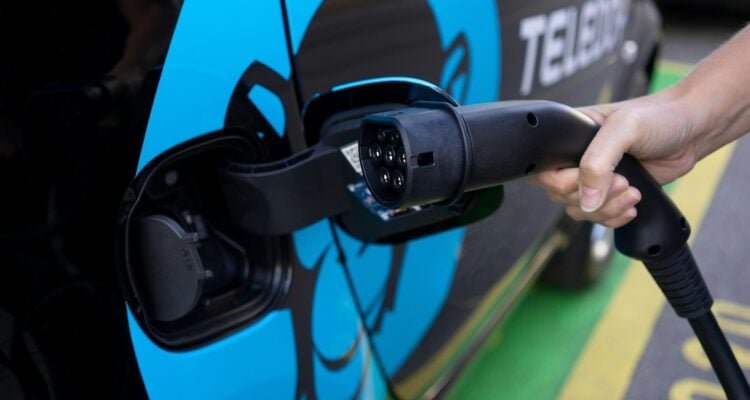Fleet operators are facing significant challenges as they navigate rapidly changing legislation and rising demand for EVs. What might seem like a compliance burden – ensuring sufficient charging infrastructure for fleet electrification – can in fact be turned into a major competitive advantage, argues Joe Fogel, CEO of waEV-charge.
Regulation as a catalyst
With the UK’s 2035 ban on the sale of new petrol and diesel cars drawing closer, fleet businesses are under pressure to electrify. Government policies such as the Zero Emission Vehicle (ZEV) Mandate are accelerating EV adoption across commercial fleets, with requirements that a growing percentage of new vehicles sold must be zero emission.
However, infrastructure remains the biggest stumbling block. Without reliable charging solutions in depots, workplaces, or driver homes, businesses risk higher downtime, missed delivery windows, and escalating costs from public charging. Rather than approaching this reactively, forward-looking fleet operators can view this as an opportunity to future-proof their operations and gain a measurable edge over competitors.
Drivers’ rising expectations
Fleet drivers are increasingly reliant on EVs to carry out daily routes, and the ability to charge vehicles efficiently and predictably is now mission critical. Businesses that fail to provide accessible, well-managed charging risk operational inefficiencies, frustrated drivers, and increased reliance on expensive public networks.
By installing fully active chargers, not just basic cabling or ad hoc plug solutions, fleet managers can ensure vehicles are always ready when needed. This reduces administrative headaches, avoids range anxiety, and improves driver satisfaction and retention.
Smart charging is game-changing
It’s no longer enough to simply provide power points. Smart charging infrastructure allows fleets to manage energy usage intelligently, schedule charging overnight when tariffs are lowest, and avoid costly demand spikes that can push up energy bills.
Other benefits include:
- Load balancing – Distributing available power across multiple chargers to ensure all vehicles get the charge they need without exceeding site capacity.
- Integration with renewables – Pairing chargers with on-site solar PV or battery storage to slash energy costs and boost sustainability credentials.
- Remote monitoring and control – Giving fleet managers real-time oversight of charger status, energy usage, and fault notifications.
- Data-driven decision making – Using charging data to optimise route planning and forecast energy demand.
These capabilities align perfectly with corporate ESG goals and can even support participation in grid-balancing schemes, generating new revenue streams.
Cost efficiencies and incentives
Electrifying a fleet may seem expensive, but the long-term cost advantages are compelling. Overnight EV charging can cost as little as 1.5p per mile, or virtually nothing if paired with solar generation, compared with 12-13p per mile for petrol.
Financial support is also available – the UK’s Workplace Charging Scheme (WCS) provides grants covering up to 75% of purchase and installation costs (capped at £350 per socket, up to 40 sockets per site). When scaled across multiple depots, this can represent a significant saving.
A turnkey solution for fleet electrification
The most successful operators are adopting a turnkey approach, covering every step from site assessment and load testing to compliant installation and smart software setup. This ensures that infrastructure is scalable as fleets grow, supports different vehicle types, and meets OZEV compliance requirements.
Turnkey solutions often include:
- Charger hardware (tethered/untethered, AC or rapid DC)
- Smart software integration and backend management
- Depot power upgrades and load balancing solutions
- Solar-ready compatibility for future energy strategies
- Ongoing maintenance and driver support
The competitive advantage
Fleets that invest early in robust, smart-enabled EV charging infrastructure will enjoy lower operating costs, improved driver efficiency, and a stronger sustainability profile, something that is a key differentiator when bidding for contracts with ESG-conscious clients.
By going beyond the bare minimum, fleet operators position themselves to meet regulatory requirements, reduce total cost of ownership, and lead the way in the transition to net-zero transport.






